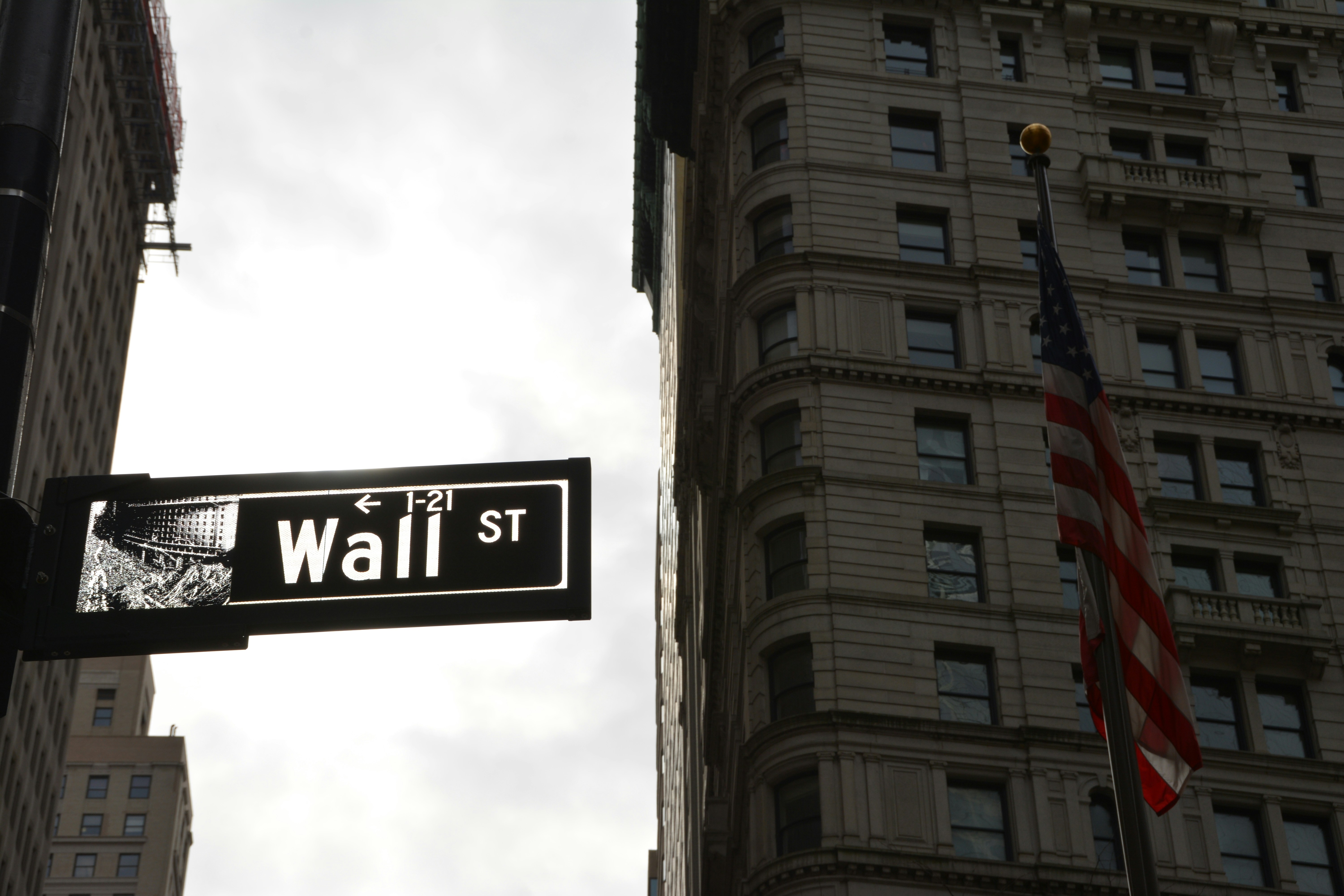The acceleration of US exchange delistings targeting Chinese companies—once framed as a compliance issue—is fast becoming a proxy for financial decoupling. From the Holding Foreign Companies Accountable Act (HFCAA) to rising geopolitical friction under Trump’s renewed presidency, the underlying trigger is no longer transparency enforcement, but capital signaling.
More than 200 Chinese firms, including blue-chip players like Alibaba and JD.com, face intensified scrutiny, with some choosing preemptive secondary listings in Hong Kong or transitioning to over-the-counter (OTC) trading in the US. This is not just a regulatory spat—it marks a clear fault line between US financial oversight regimes and China’s strategic capital protections.
The macro signal? The era of “global listing neutrality” is over. Capital flows are being reclassified along jurisdictional lines—not just based on sector risk, but sovereign alignment.
The firms most exposed are large-cap Chinese tech and consumer companies, many of which have historically depended on access to US liquidity for valuation upside. Asset managers holding ADRs (American Depository Receipts) now face growing devaluation risk as volumes shift to less liquid venues or offshore exchanges.
US institutional investors—especially passive funds benchmarked to indices like the MSCI Emerging Markets or Nasdaq Golden Dragon—face an allocation conundrum. Exit timing, liquidity erosion, and replacement decisions (especially if China-ex US baskets emerge) will likely distort risk-weighted returns. On the China side, regulators and sovereign wealth funds are quietly accelerating dual-track listings and RMB-based institutional pathways to hedge against forced capital exits. The PBOC, via onshore reforms and outbound investor quotas, is laying groundwork for insulation rather than integration.
On the US side, this wave of delistings appears framed as investor protection, but the mechanics suggest a broader policy alignment with national security doctrine. The SEC’s threshold enforcement under HFCAA—failure to allow PCAOB inspections for three consecutive years—provides legal cover for what is essentially capital hygiene based on trust.
China’s response is both defensive and reframing: tightening data export laws, expanding the Cyberspace Administration’s role in listing approval, and deepening RMB clearing capabilities in Hong Kong. The CSRC’s shifting narrative—from encouraging global capital to emphasizing “capital sovereignty”—suggests not just damage control but a parallel architecture.
Liquidity buffers are being reshaped through capital market deepening in Shanghai and Shenzhen, but also through China’s expanded sovereign fund linkages with the Gulf (especially the UAE and Saudi PIFs), a signal that capital alliances may replace capital flows.
The retreat of Chinese firms from US exchanges does not automatically redirect capital to Hong Kong. Instead, we are seeing partial capital retreat—especially among US-domiciled institutional funds—into non-aligned EM sectors (India tech, LATAM fintech) and commodity-aligned equities.
At the same time, there is a noticeable recalibration of “safe haven” logic. For sovereign allocators, Singapore’s SGX has emerged as a neutral intermediary platform, while Gulf sovereigns continue to tilt toward bilateral strategic placements in China that bypass public market exposure altogether.
The practical effect: capital once shared across geographies is now increasingly ring-fenced by ideology. Public market exposure becomes a geopolitical liability. Private placement and sovereign cross-holding become the de-risked alternative.
The fragmentation of trust in cross-border listings is also reshaping how capital interprets “safety.” Historically, US exchanges were considered the apex of transparency and governance—a magnet for both Western and non-Western institutional funds. But for sovereign allocators increasingly navigating dual compliance systems, exposure to US-listed Chinese assets now represents legal, political, and reputational risk.
This isn’t just about headline volatility. It's about the structural friction introduced by divergent regulatory regimes. For example, Gulf sovereign wealth funds—long considered neutral allocators—are rebalancing exposure away from ADR-heavy funds and toward strategic co-investments in mainland or Hong Kong–domiciled entities, often via sovereign co-ownership or government-facilitated vehicles.
Singapore, meanwhile, is quietly reinforcing its position as an alignment-neutral capital conduit. The Monetary Authority of Singapore (MAS) has doubled down on regulatory interoperability with both China and the US, positioning SGX as a listing venue that allows capital to remain regionally anchored but globally visible. These are not speculative shifts—they are capital strategy recalibrations responding to regime divergence.
The broader effect? A rewiring of global equity flow logic. “Safe” is no longer defined by liquidity or legacy—it is increasingly defined by alignment, optionality, and capital governance proximity.
This shift away from shared capital platforms signals a new phase of strategic autonomy in capital allocation. What was once globalization through listings is now bifurcation through policy enforcement. For regional policymakers, this trend raises questions about alignment, risk buffers, and whether Southeast Asia and the Gulf can remain neutral liquidity corridors—or if they, too, will face pressure to choose sides.
The delisting wave is not a regulatory climax—it’s a capital reset. And sovereign actors are already adapting.




.jpg&w=3840&q=75)









